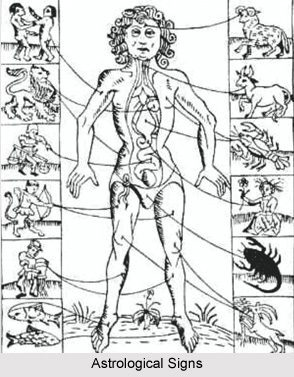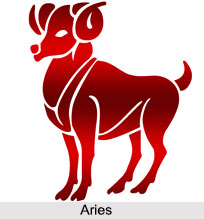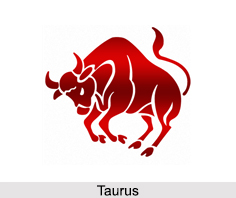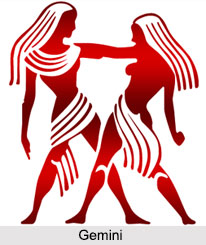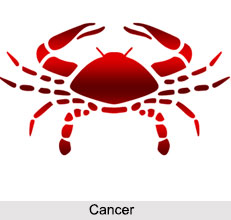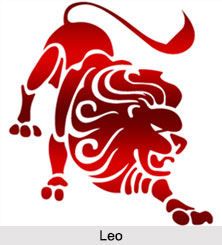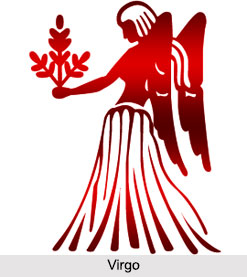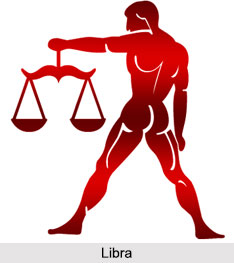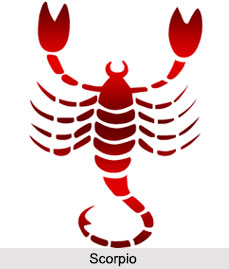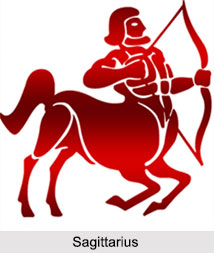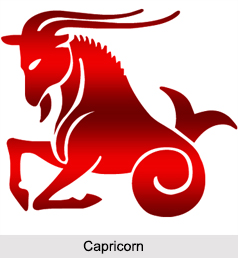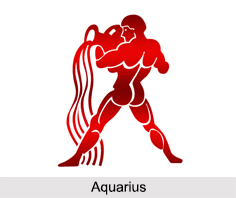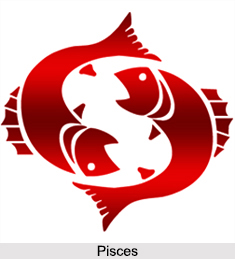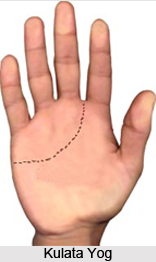 The kulata yog is considered just converse to the sati Yog in the science of palmistry. The Kulata Yog is studied with special care by eminent palmists for several ages. Learned palmists, after a prolonged study have defined several combinations, as the Kulata Yog. As the palmists have opined women who have these combinations are not faithful to their husbands. They have illicit relationship with other persons and cannot lead a happy domestic life with husband. The marked feature of their character is infidelity with their husband.
The kulata yog is considered just converse to the sati Yog in the science of palmistry. The Kulata Yog is studied with special care by eminent palmists for several ages. Learned palmists, after a prolonged study have defined several combinations, as the Kulata Yog. As the palmists have opined women who have these combinations are not faithful to their husbands. They have illicit relationship with other persons and cannot lead a happy domestic life with husband. The marked feature of their character is infidelity with their husband.
However several combinations have been put forward by the palmists to denote the Kulata Yog. The mount of Venus is quite developed and the Heart line is chained indicates the faithlessness of the individual. If there are two parallel lines leaning over the Heart line and at the same time if there is a mark of an island on the Heart line then s it is s considered as the kulata Yog. Sometimes there is a net on the mount of Venus and the Heart line is extremely weak. If both the hands have this combination then it is considered as the kulata combination, otherwise it cannot be called as Kulata combination, according to the palmistry. There is a point in the triangle formed by the Heart line, Headline and Health line is termed as Kulata yog. Sometimes there is neither the mount of Venus nor the mount of Moon in both the hands. There is a mark of a star on the thumb or on the first phalange of the thumb. Both these conditions on a woman`s hand indicate her infidel. Mark of the star on the first phalange of finger, excessive horizontal and vertical lines on the mount of Venus, loss mark at the root of the thumb, mark of star on the mount of Venus etc are some of the significant trait of the kulata Yog or the combination of an unfaithful wife.
Apart from the above mentioned characters, there are some other traits denoting the kulata yog in an individual. If the Life Line and the Heart lines are different and lines are wide then it can be considered as an important trait of Kulata yog. The Health line goes parallel to the Mercury line and if the mount of Venus is ordinarily developed, the fingers are soft and pointed, if there is a white mark on the Heart line and if there is no cross on the mount of Jupiter but there is a cross on the mount of Venus then all these traits indicate that the woman is a Kulata or infidel. The Head line is leaning below and joins the Life line proceeding ahead, if there is an island on the line of marriage, if the thumb is long and the Heart line is dual are also considered inauspicious. Sometimes the Heart line is narrow and reaches the mount of Jupiter, sometimes smaller lines come out from the Fate line and reach the Heart line or if the Heart line and the if the fate line join under the mount of Jupiter it indicates that the woman is unfaithful to his husband and family. A line coming out of the mount of Venus reaches the mount of Mercury s , the Heart line and Fate line join together and have become chained or if Lines coming out of the mount of Venus cut across the Health line, Life line and Head line then it is considered harmful to the married couple. If there are marks of two or three stars near the mount of Venus on the Life line, if there is a benedictory mark (Swastika) or there is mark of half-moon on the mount of Moon, it is considered utterly inauspicious. If the Fate line has ended near the bracelets of star on he mount of Venus and if the heart line ands head line join forming an arch then the woman is s found to have illicit relationship with other men apart from his husband.
If any of the above mentioned combination is found in the palm of a man or a woman then certainly that person has illicit relationship with a person of opposite sex. But an important feature of Kulata combination is that his love is mostly remained secret. The palmists have provided enough importance to the study of Kulata combination on an individual`s hand.
More on Plamistry
| History of Plamistry | Nails | Determination of Time in Plamistry |
| Hand, Plamistry | Thumb | Handprints for Plamistry |
| Fingers | Lines of Hand | Yog |
| Formation of Hand | Palm | |
| Mounts | Knots |
